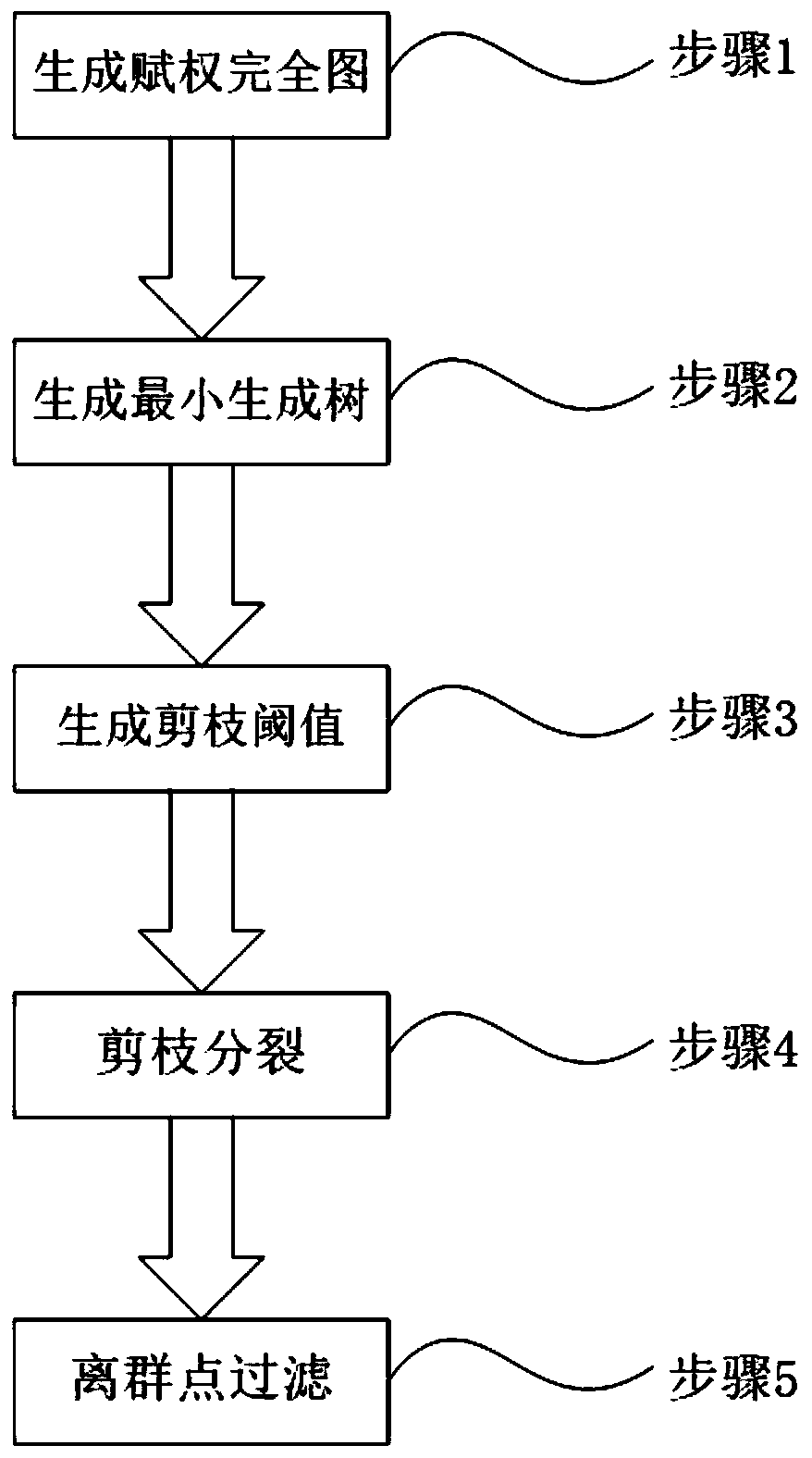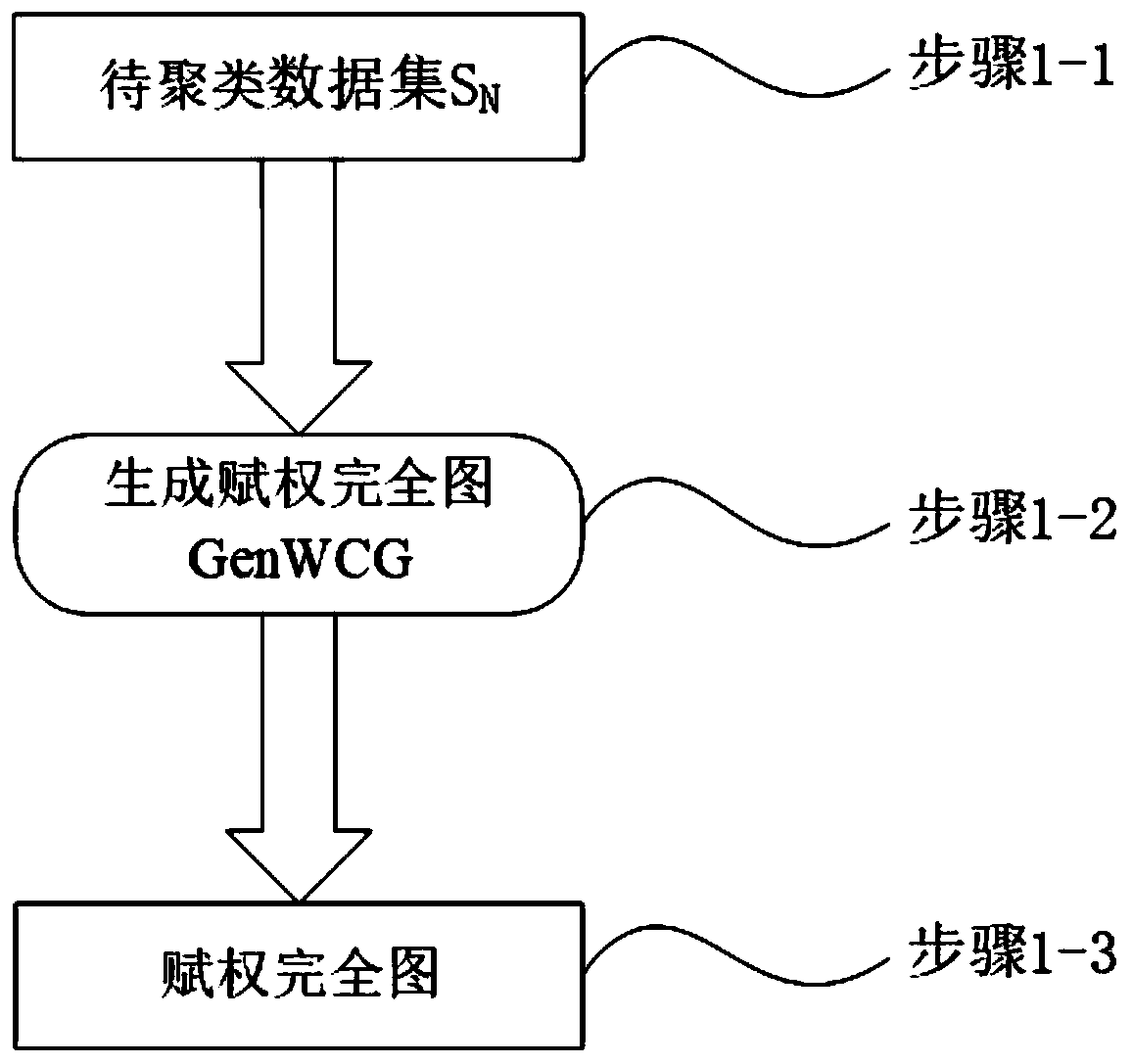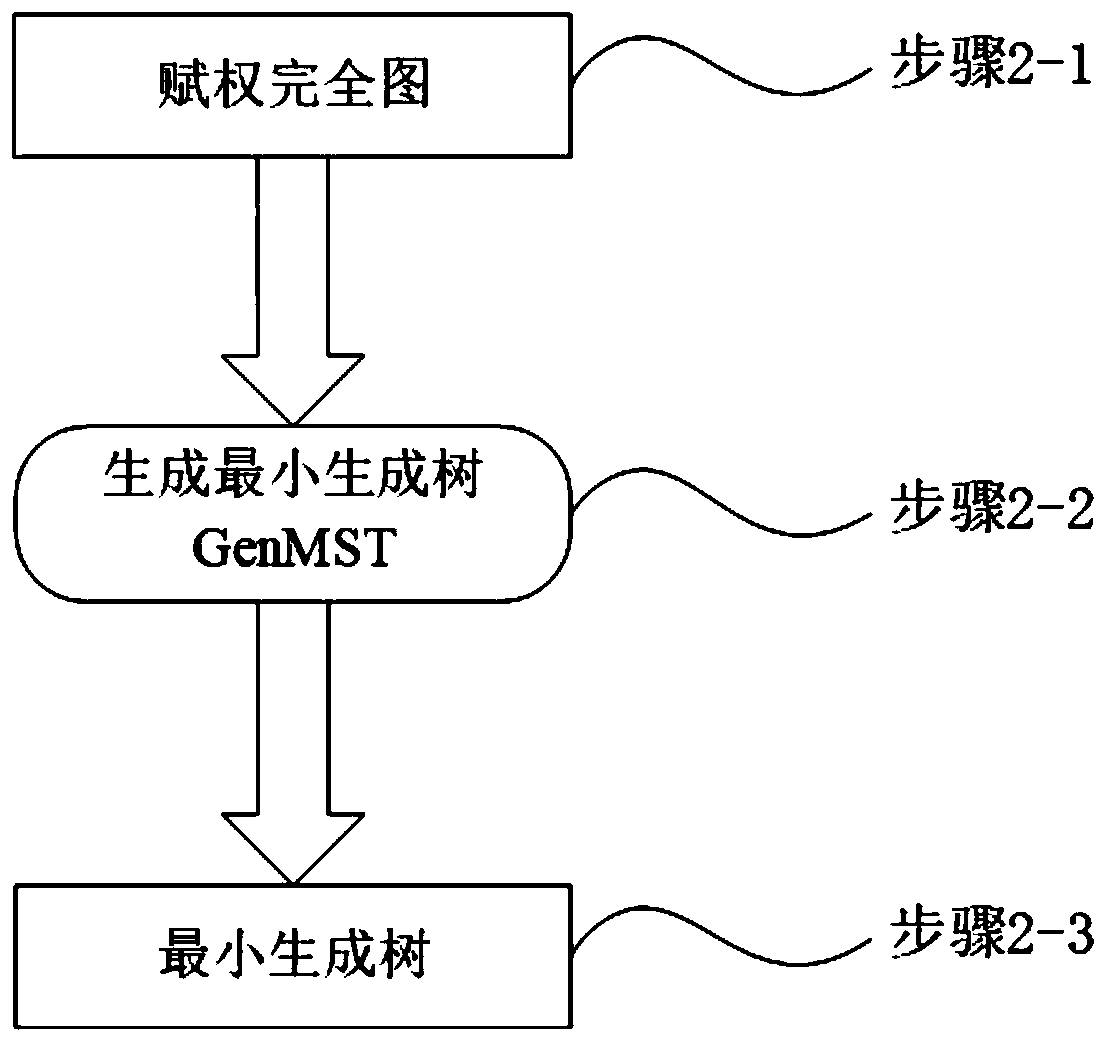Parameterization-free clustering algorithm and system based on minimum spanning tree
A clustering algorithm and tree-generating technology, applied in the field of clustering algorithms, can solve problems such as reducing algorithm dependence, clustering accuracy and computational complexity dependence, and large-scale data sets
- Summary
- Abstract
- Description
- Claims
- Application Information
AI Technical Summary
Problems solved by technology
Method used
Image
Examples
Embodiment 1
[0099] In order to evaluate the beneficial effects of the present invention, the experiment compared three different algorithms - the traditional K-means algorithm, the MSTCluster algorithm based on the minimum spanning tree and the MNC algorithm in this paper, which clustered two-dimensional random data sets with different shapes The result is as Figure 5 . Since the traditional K-means is a parametric algorithm, that is, the input requires additional parameters besides the data set to be clustered, that is, the number of clusters k and the initial cluster center; MSTCluster based on the minimum spanning tree is compared with the traditional K-means It belongs to the non-parametric clustering algorithm, because it does not need to specify the number of clusters k and the initial cluster center, but in order to determine the pruning threshold, the algorithm still needs to input a parameter, that is, the adjustment factor, so the algorithm is not completely parametric; Howeve...
PUM
 Login to view more
Login to view more Abstract
Description
Claims
Application Information
 Login to view more
Login to view more - R&D Engineer
- R&D Manager
- IP Professional
- Industry Leading Data Capabilities
- Powerful AI technology
- Patent DNA Extraction
Browse by: Latest US Patents, China's latest patents, Technical Efficacy Thesaurus, Application Domain, Technology Topic.
© 2024 PatSnap. All rights reserved.Legal|Privacy policy|Modern Slavery Act Transparency Statement|Sitemap



